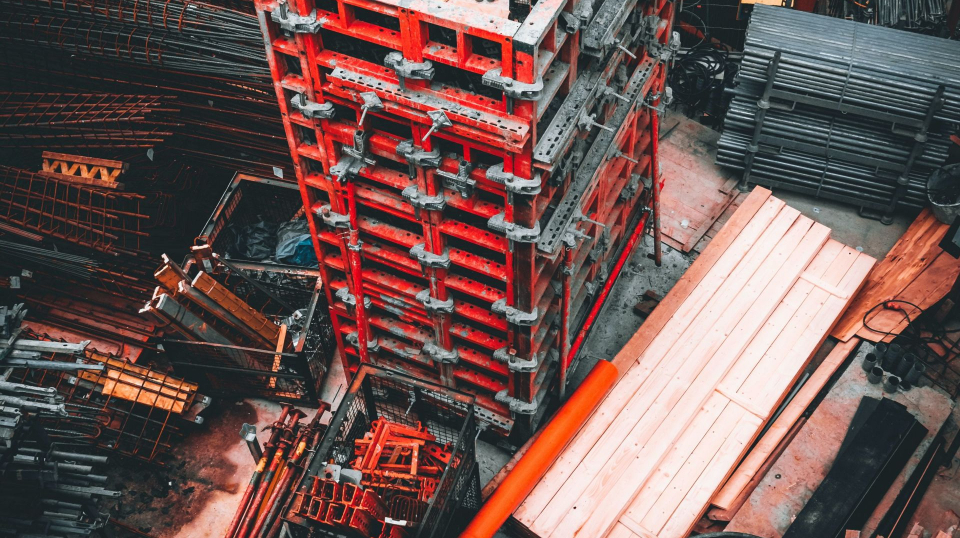The rising cost of materials in the construction industry is unavoidable, especially during summer. With more daylight hours and temperate weather comes an increase in demand for both labor and materials, driving up the price of both. Undoubtedly, the construction world has been affected by the Covid-19 pandemic, though not to the same extent as other industries like hospitals, leisure, and retail. Still, the price hike and the shortages of construction materials made the profit margins more slender than ever. Adding the new health standards protocol made the construction industry more complicated than it was. Generally, the industry is now moving forward at a slower pace than usual.
As the world battles the pandemic fallout, the material supply chains encounter massive lingering uncertainty and disruption around logistics. Many countries stop producing essentials such as plastic wall access doors, aluminum, glass, and flooring at different points the entire year. The distribution in the United States has also faced challenges from lockdowns, from finding reliable truckers to figuring out who to contact at a drop-off site since many business offices have relocated employees to work from home.
Meanwhile, some material costs like steel and wood have been rising. Domestically there is a high demand for construction supplies due to some construction industries slowly recovering from the pandemic.
In this situation, how can construction companies deal with the interruption of the supply chain? The good news is that there are many alternatives to handle this material shortage and material price hike. Starting early and making a plan is the best move you can make. The earlier you act, the lesser the impact it will have on your project.
Here are some guidelines to adopt price hikes and material shortages:
Find Alternative Sources
One of the best things you can do is look for another source or supplier for your materials. Try to outsource from overseas suppliers that might have a lesser price than others and consider delivery time. During your bids, try to include alternative sources, spell out potential delays when you use traditional materials and the additional costs and time savings might be affected.
Contract Adjustments
For ongoing projects, start talking about the potential delays and price increases. Check all your suppliers and subcontractors to discuss potential problems that might affect the project. Have open communication with the owner about the possible impact and collaborate to minimize the effects.
For future projects, you should consider the escalation clause from the contractor's contracts to not be left behind if there is a sudden spike in the price.
Modular Building
Although material costs are uncontrollable and you can never compromise on certain items like Fire Safe Building Materials, controlling the project's rising costs is achievable by finding a way to manage those materials. By minimizing the margin of inefficiencies and construction waste, project managers can better manage the budget to reduce unnecessary expenditures. Fabricated materials are an exemplary method for controlling costs. Prefabricated materials eliminate the use of traditional sources of construction materials resulting in less waste. As the raw materials are shipped partially assembled and assembled off-site, prefabrication can reduce labor costs.
Outlying Benefits on Materials
It is essential in the industry to keep an eye on the rising cost of construction materials; as the demand continues to rise for new construction, the supply and demand of materials will follow. Yet, the construction material cost will not force your company to sacrifice in design and quality. By design processes and technology implementations, you can increase the efficiency of your construction crews.
While you may cut the number of purchases, you can also improve productivity and reduce labor costs. The bottom line is that you have to be proactive in finding alternatives to reduce the prices of your construction materials. While improving the capabilities, you need to balance your expenses in your company, which is a win-win situation for you, your workers, and your clients.
If you want to read more about how the construction industry can adapt to the effects of construction materials price hikes, feel free to visit us at https://www.accessdoorsandpanels.com/

Comments
Post a Comment